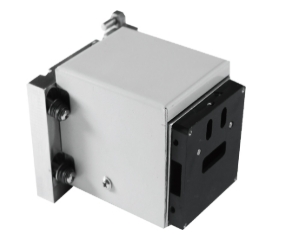
Choose the small angle attachment like this
2025-04-29 09:11The small angle diffraction attachment is a specialized component used in X-ray diffraction instruments, mainly for the analysis of the structure and thickness of nanoscale materials.
1. Core functions of small angle diffraction attachments
(1) Diffraction angle range: covering a small angle range of 0°~5°,suitable for diffraction analysis of nanoscale materials.
(2) Main application: It can accurately test the thickness of nano multilayer films and support the study of material surface or interface structure.
2. Compatible devices for small angle diffraction attachments
This attachment is usually used in conjunction with X-ray diffractometers (such as TD-3500, TD-3700, TDM-20, etc.).
3. Application scenarios of small angle diffraction attachments
(1) Materials Science: Characterization of Nanofilm and Multilayer Film Structures.
(2) Chemistry and Chemical Engineering: Surface Treatment of Materials, Testing of Coating Thickness.
(3) Other fields: Nanoscale analysis of materials such as geology, minerals, ceramics, and pharmaceuticals.
Dandong Tongda Technology Co., Ltd. serves as a primary manufacturer of such accessories, with its TD series analytical instruments recognized as meeting or approaching international standards, and have been exported to countries including the United States and Azerbaijan. The company's Small Angle Diffraction Attachment is specifically designed for seamless integration with its self-developed TD series X-ray diffractometers. As a crucial tool for nanomaterial analysis and thin-film thickness measurement, this accessory must be used in conjunction with specialized X-ray diffraction instruments, with its applications concentrated in cutting-edge fields such as materials science and chemical engineering. Technically, it operates on the fundamental principle of X-ray diffraction and incorporates advanced imported Programmable Logic Controller (PLC) technology along with a modular design philosophy inherited from the TD series instruments. This engineering approach significantly enhances the equipment's automation level, operational stability, and anti-interference capability. By employing this attachment, the application scope of X-ray diffractometers can be effectively expanded to encompass microstructural characterization of various advanced materials including thin films, polymer materials, and nanomaterials, providing vital technical support for nanomaterial research in both scientific and industrial sectors.

